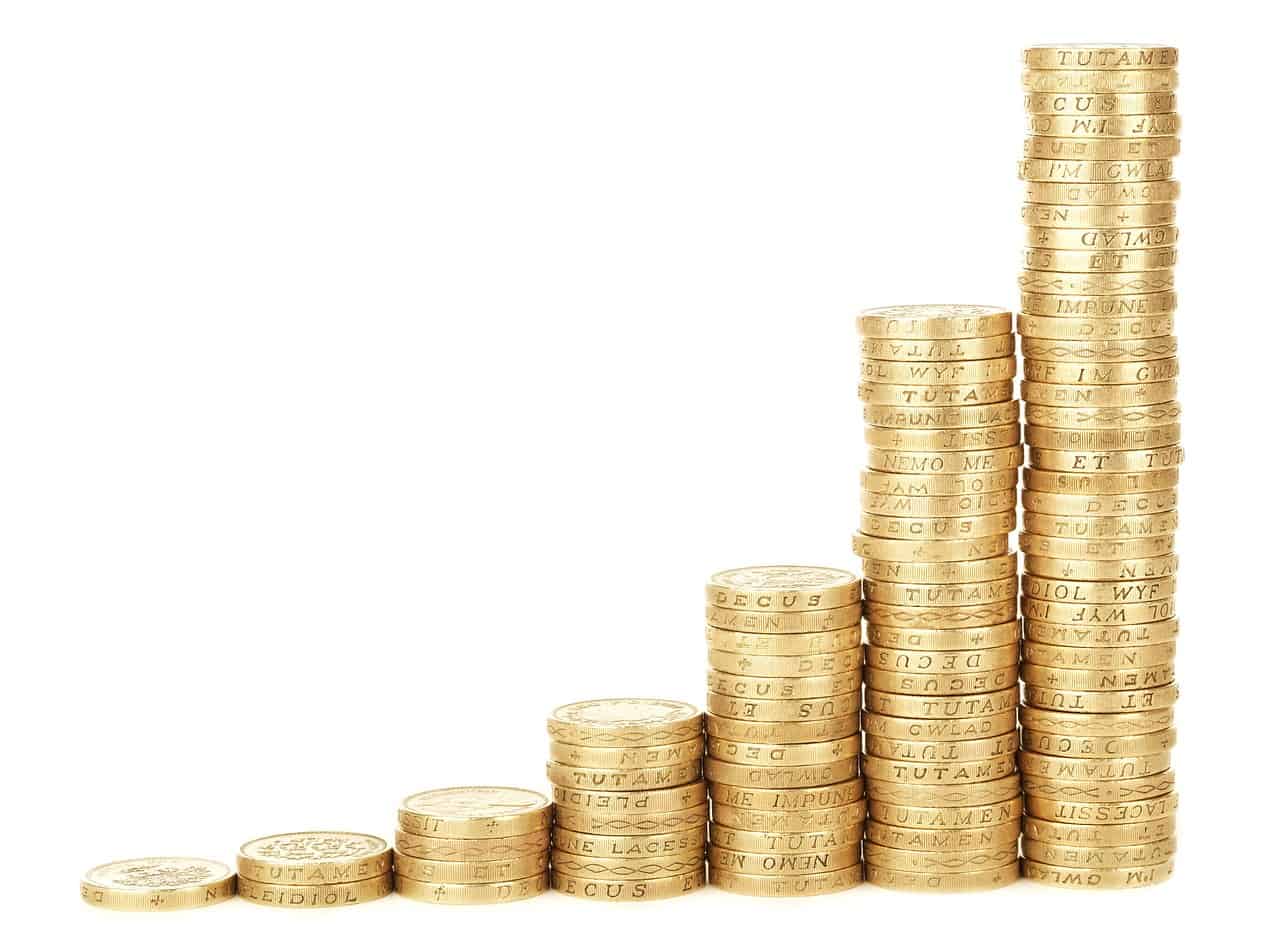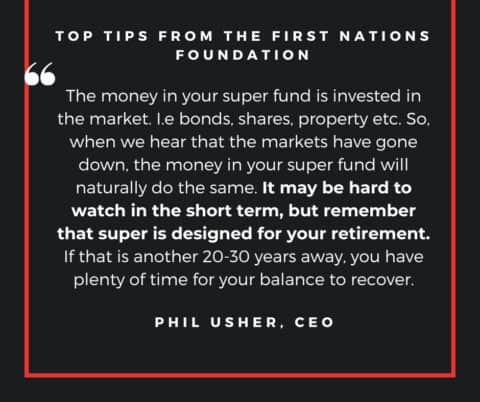Why it pays to start early with super
Morningstar
- Money Lessons, Super & Insurance

Investment markets have been very kind to investors in recent history and recently not so kind. The first half of 2022 has certainly reminded us that markets can go through ups and downs. The lesson here, is that investors shouldn’t count on the returns of yesteryear to drive their retirement savings. After all, there are no guarantees in investing.
The same lessons apply to your superannuation fund. Recent media coverage has highlighted that the performance of superannuation funds has slipped. However, the arrival of your 2022 super statement provides the perfect prompt to take a closer look at your super returns. It’s also a great time to consider whether you’re on track for a comfortable retirement.
Starting early makes a difference
Firstly, you are never too young to start, in fact, the younger the better. The big “levers” in retirement planning are how many years until you retire; how much you can save and invest during those years; and the investment returns you can earn. Taxes can also play a role, but that really depends on your circumstances.
We have written previously about the concept of compounding interest. This concept can also be applied to superannuation. It is no secret that compound interest is extremely powerful. Having too much debt with a high interest rate can prove painful to repay back. But the reverse works – amassing savings and investing over a long-time horizon can reap meaningful financial benefits.
To give you some perspective, if you compound $10,000 over 10 years at 9 per cent per year—it turns into just under $24,000. But give yourself 50 years—it amounts to over $740,000.2 If you’re 20 and starting out—hear this—time is on your side and get started today!
Saving levels and your time horizon are key ingredients to success. But what about those investment returns we highlighted earlier? It’s easy to assume that past performance is a guide to future performance and investors have been well rewarded over the last 10 years just by glancing at the returns of some of Australia’s largest superannuation funds. 1
For example, AustralianSuper’s Balanced Option and Vanguard’s Growth Index Fund have posted returns around 9% per year over 10 years through the end of August. As you can see from the earlier example, a 9% annual return sees you more than double your money in 10 years. It is a strong return level. But it’s worth considering if these return levels are expected to persist into the future.
Superannuation funds do offer their members, that is you, super projection calculators that can help you work out whether you have enough income for your retirement.
In the projection tools offered by AustralianSuper and Vanguard, both are assuming annual returns of around 7% going forward for investors saving for retirement. While you might be thinking, 7% or 9%, “meh—not a big difference,” over a long-time horizon—you’d be very surprised. Returning to our earlier example of compounding $10,000 over 10 years and 50 years at 9 per cent per year.
The table shows the difference when forward returns are lower than they have been historically. The same logic applies to investors who decide to take on less investment risk—as generally less investment risk involves lower returns.
Exhibit 1: $10,000 compounded at 7% per year and 9% per year over 10 years and 50 years. 2
| $10,000 | Time Horizon | |
| Annual Investment Return | 10 years | 50 years |
| 7% | $ 20,000 | $295,000 |
| 9% | $24,000 | $744,000 |
| Difference | $4,000 | $449,000 |
Source: Morningstar: Rounded to the nearest thousand
We can’t control the market
Grab a coffee, tea or green juice and set aside a Sunday morning to read your 2022 super statement, play around with some of the online tools at your disposal and think about your 2023 financial year goals.
But like any goal—it’s important to control the controllables—what you spend, what you save, how long you work for and the level of investment risk you take—are all within your control.
What the market serves us up over the next 10 years is anyone’s guess, but if you look to the experts, it could well be lower than the last 10 years and it’s important to plan accordingly.
- Past performance is no guarantee of future performance.
- The table includes a simple assumption of the growth of the balance based on the two investment returns and does not consider the impact of inflation.
Morningstar is an independent investment research house. Any general advice has been prepared by Morningstar Australasia Pty Ltd (ABN: 95 090 665 544, AFSL: 240892), without reference to your objectives, financial situation or needs. Neither Morningstar, its affiliates, nor the content providers guarantee the data or content contained herein to be accurate, complete or timely nor will they have any liability for its use or distribution. Past performance does not necessarily indicate a financial product’s future performance.
Let us know if you liked this article
Let us know if you liked this article





